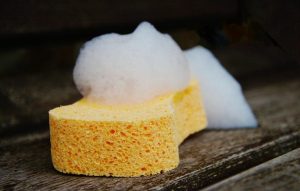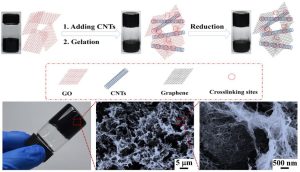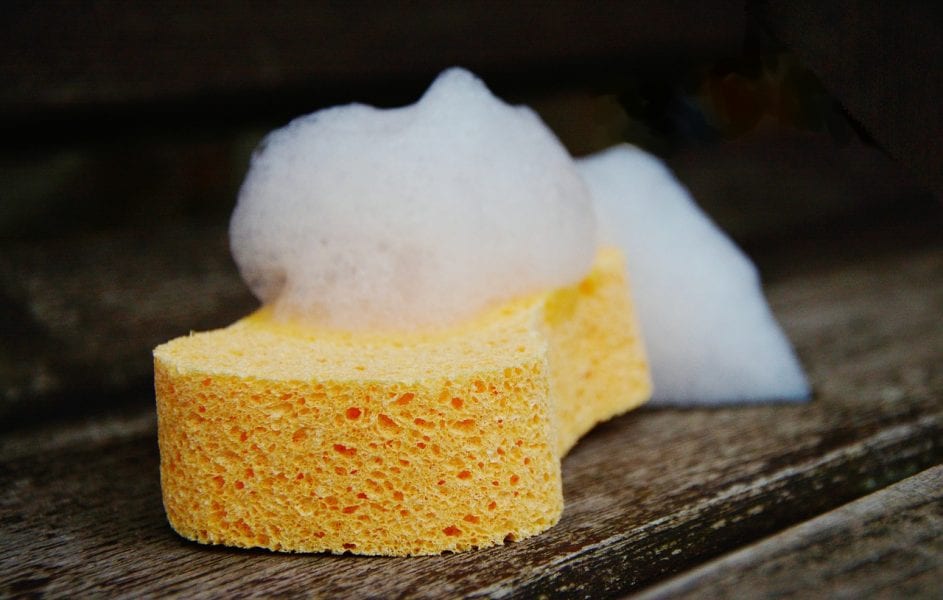 New-generation energy-storage devices, such as supercapacitors, have been becoming a hot area of research due to their fast charge/discharge rates, high energy densities, and long lifetimes. Graphene, with the crucial features of good electrical conductivity, a high active surface area and excellent mechanical/chemical stability, holds great promise for enabling supercapacitors to achieve battery-level energy density. However, the results of using graphene as a replacement for commercial activated carbon on the electrodes of supercapacitors have been far below expectations.
New-generation energy-storage devices, such as supercapacitors, have been becoming a hot area of research due to their fast charge/discharge rates, high energy densities, and long lifetimes. Graphene, with the crucial features of good electrical conductivity, a high active surface area and excellent mechanical/chemical stability, holds great promise for enabling supercapacitors to achieve battery-level energy density. However, the results of using graphene as a replacement for commercial activated carbon on the electrodes of supercapacitors have been far below expectations.
The construction of three-dimensional (3D) graphene sponges with a continuous, conductive framework and added porosity can significantly boost the energy density of the supercapacitors. There have been some efforts to assemble graphene sponges to improve the electrode performance of graphene. Unfortunately, use of toxic reducing agents, insignificant effects from tailoring the sponge microstructure, and complicated construction processes have limited the development and subsequent applications of graphene sponges for electrodes.
In a recent article published in ChemNanoMat, Liu, Zhang and their co-workers from Donghua University reported a new strategy to assemble 1D carbon nanotubes (CNTs) and 2D graphene oxides (GOs) into 3D CNT-graphene hybrid sponges by a simple and environmentally friendly approach. Commercial pristine CNTs are used as unique “crosslinkers” to enable the gelation of GO aqueous suspension (in the absence of any additives) by simply using non-covalent interactions (e.g., π-π stacking interaction, van der Waals force) between the CNTs and GOs. Moreover, the structure and morphology of these CNT-graphene sponges can be precisely tuned and controlled by adjusting the percentage of CNTs. Thus the all-carbon sponges have both a highly conductive framework and a hierarchically porous architecture, allowing high-rate transport of electrolyte ions and electrons throughout the electrode matrix.
The CNT-graphene sponges fabricated with this method have great potential as electrode materials for next-generation supercapacitors. When using an aqueous basic electrolyte, these sponges show outstanding electrochemical performances with high specific energy (31.3 W h kg-1), high specific capacitance with excellent rate performance (~71% retention at 10 A g-1) and cycling stability (~100% retention at 10 A g-1 for 5000 cycles) in a two-electrode configuration. Meanwhile, the excellent electrochemical capacitive performance highlights the important role of the hybridization of 1D CNTs and 2D graphene into 3D hybrid sponges in storing and accumulating charges, and also the significance of the all-carbon backbone in transporting charges. As such, the 3D CNT/graphene hybrid sponges boost both power density and energy density.
Text kindly provided by the authors.

















